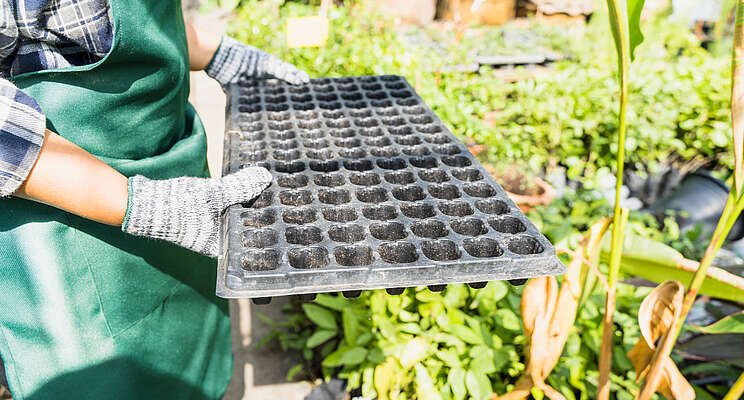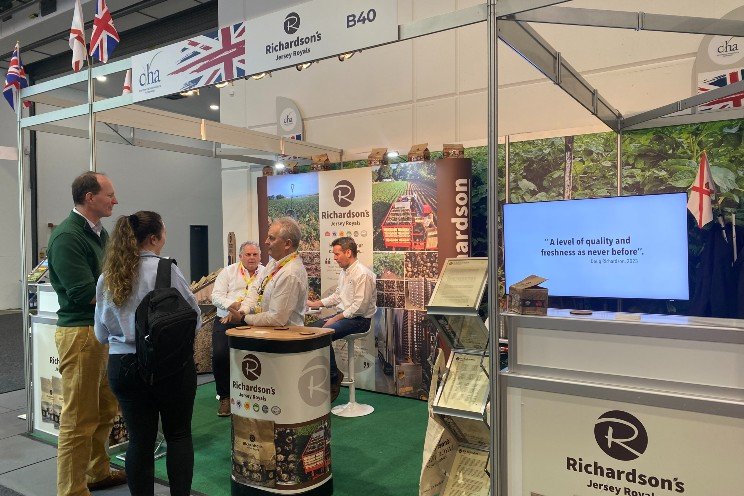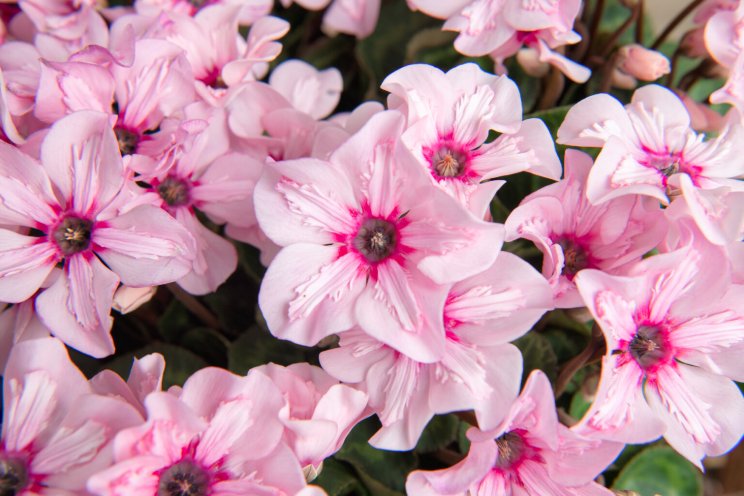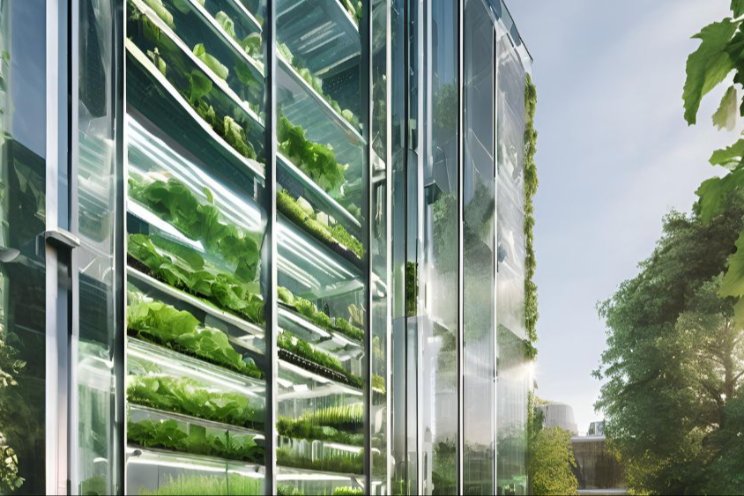Plastic use in agriculture is contributing to climate change
Added on 11 May 2022

The area around Almería, Spain has the largest concentration of greenhouses in the world. The greenhouses span over 64,000 acres (260 sq km) and have been around for decades.
The shift to greenhouses was dubbed the "White Revolution" in South Korea and allowed the country to grow fresh vegetables year round. Now, it's helped grow exports and stabilize prices (pdf).
The amount of plastic in the world is incomprehensible. Carbon emissions from plastic is estimated to outpace coal emissions by 2030. A recent report (pdf) by FAO forecasts a 50% increase in demand by 2030 of plastics used in agriculture.
Plasticulture and microplastics are ruining farmland
Plastic has found its way into many farming applications that have become integral to the industry. Relying on plastic in agriculture is derided as "plasticulture". Plastic is cheap and makes tasks faster and lighter. Plastic film is used as a ground cover to prevent weed growth, and plastic containers trap moisture.
Photo created by freepik - www.freepik.com
Source: QUARTZ
More news















